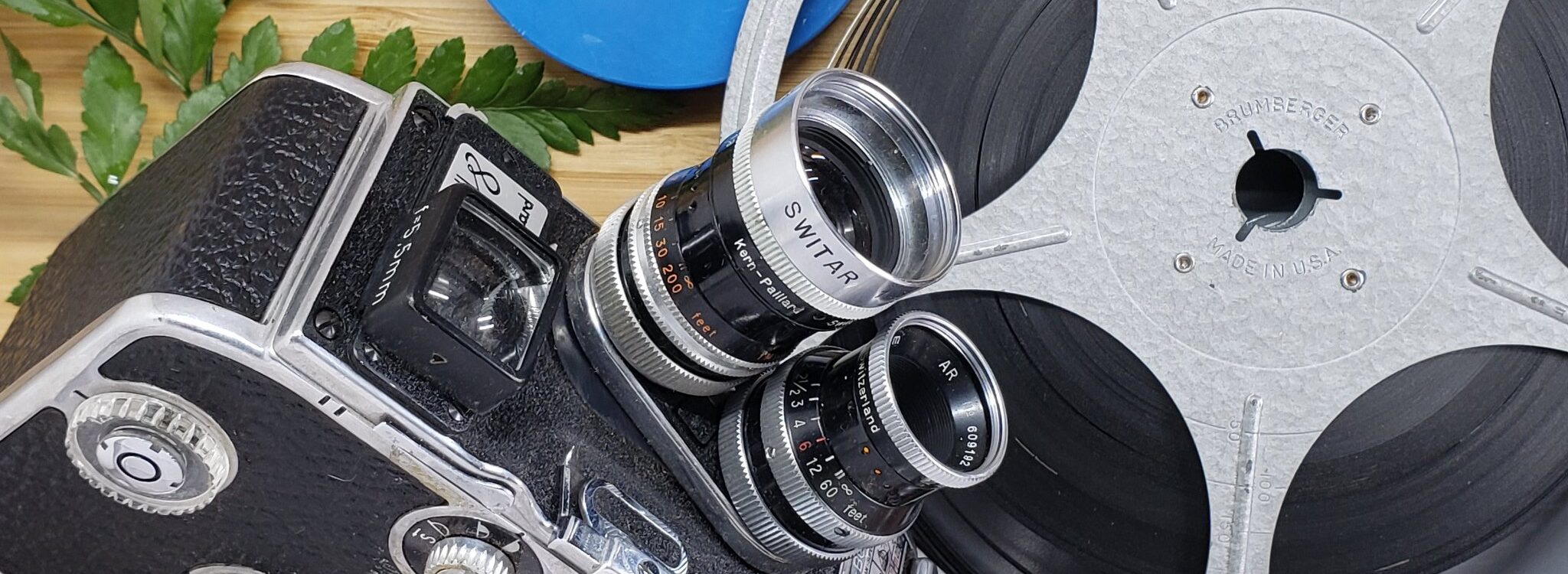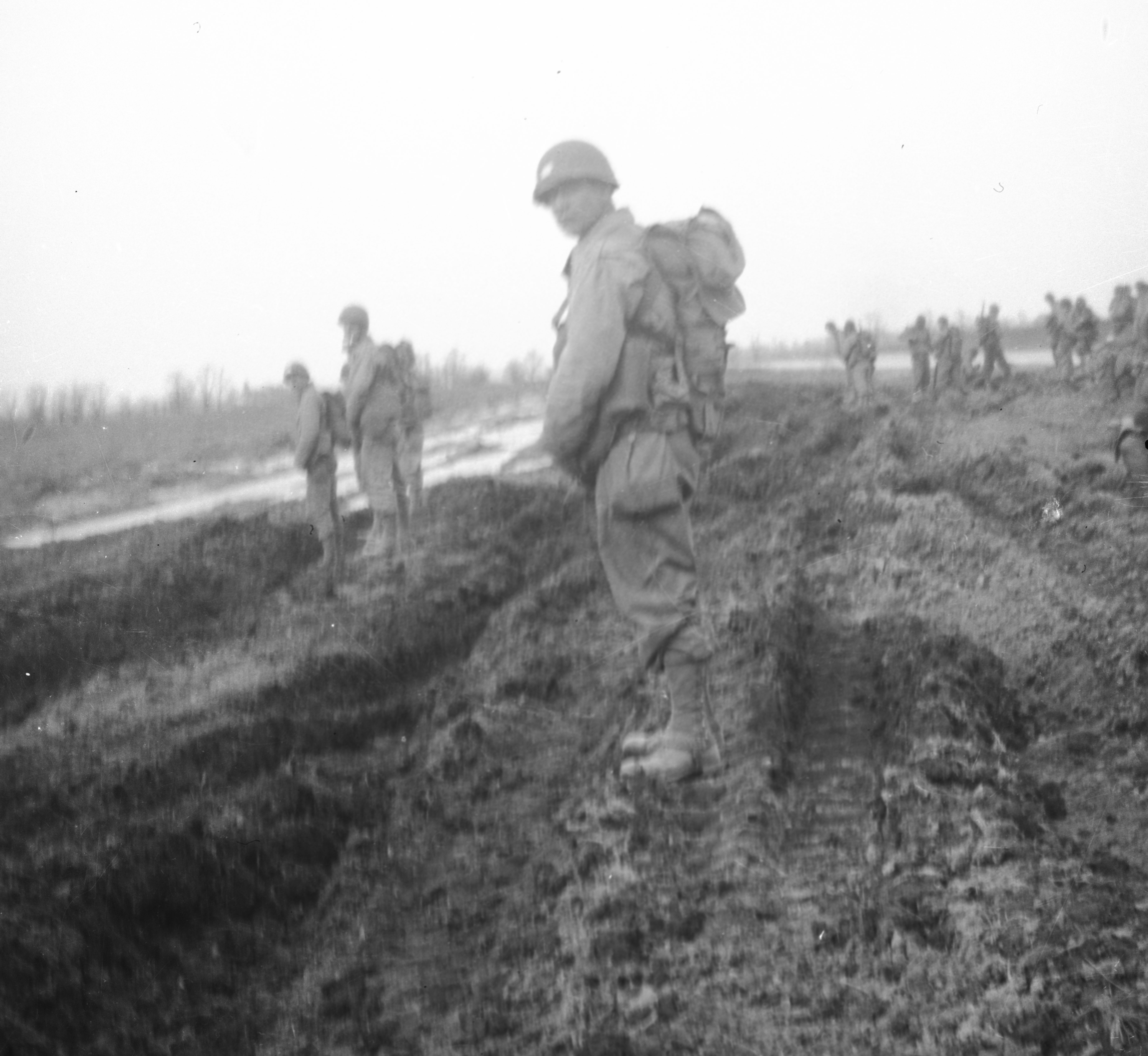
As technology has evolved, man has found a way to carry to technology to the battlefield, and photography has been no exception. After the invention of photography in the 1830’s, men began to explore the possibility of using photography to capture the history of war to help solidify the record. The challenge was, that the technology of the time, the daguerreotype, generated a single image using a silver-coated copper plate, took a very long time for the image to develop and could not be processed immediately. Because of this constraint, early photographers focused on the sedentary aspects of war. Especially popular were portraits, which would require the subject to sit still for several minutes until the image was captured.
In America, during the American Civil War, portraits of soldiers were by far the most prevalent form of photography. Photographers would often set-up in the camp, taking portraits of the soldiers. However, it wasn’t long until photography moved to the battlefield, becoming much more than a way to simply capture events, but becoming a tool to shape public opinion.
Some the first images of war from the American Civil War came from Mathew Brady. Mr. Brady, who many consider to be the father of photojournalism, is known for his efforts to document the Civil War by bringing his photographic studio to the battlefields after receiving special permission from President Lincoln. On September 19, 1862, two days after the Battle of Antietam, Mathew Brady sent photographer Alexander Gardner and his assistant James Gibson, to photograph the carnage at Antietam. These photographs were later displayed by Gardner in an exhibition entitled “The Dead of Antietam” at Brady’s New York gallery. Many images in this display were graphic photographs of corpses, and this was the first time that Americans saw the realities of battle in photographs as distinct from previous artists’ impressions, truly bringing the reality of remote battlefields to New Yorkers.
By the 20th Century, technology had developed enough that cameras were small enough to be carried on to the battlefield, producing the first true pictures from the front. As technology developed, many photographers began to push further out with the soldiers, and many were killed as a result. One of the most well-known was Robert Capa who covered the Spanish Civil War, the Second Sino-Japanese War, the D-Day landings and the fall of Paris, and conflicts in the 1950s until his death by a landmine in Indochina in May 1954. Another recent example is Tim Hetherington. Mr. Hetherington spent his life as a conflict photographer, and was the director and producer of the Afghan war documentary “Restrepo.” was killed in the city of Misurata, Libya,
So why the evolution of photography on the battlefield is so important, is that unlike paintings, which showed a single illustration of a specific event, photography offered the opportunity for a massive amount of imagery to enter circulation. The proliferation of the photographic images, The Dead of Antietam being the first, allowed the public to be informed in the discourses of war, with mass-reproduced images of war not only used to inform the public, but also used to shape the opinion of policy by allowing the viewers to realize the reality of that policy.
Until we meet again, keep your musket clean and your powder dry!




